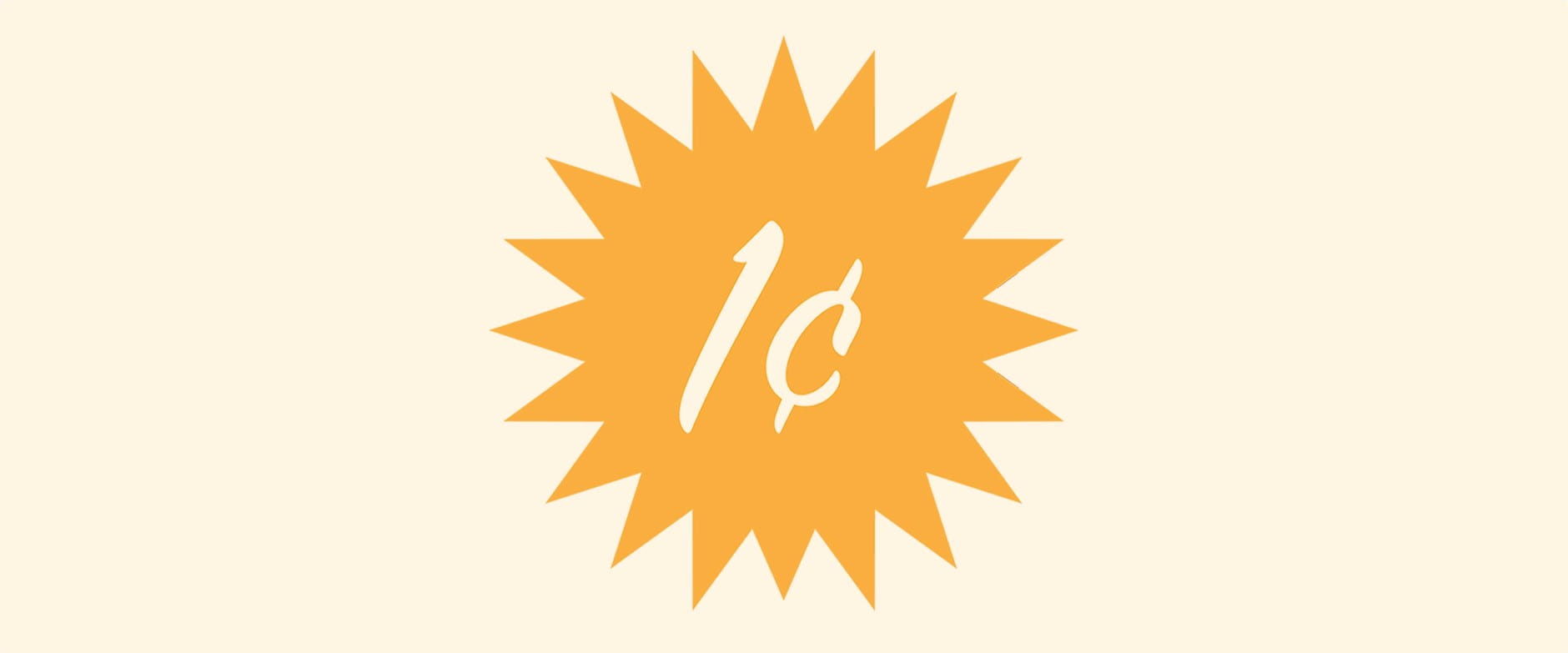
Retailers have long set prices ending in 99 cents, knowing that buyers view $4.99, for example, as significantly less expensive than $5. But many companies underestimate consumers’ left-digit bias and should be using these prices more than they do now, according to research by Chicago Booth’s Avner Strulov-Shlain.
Strulov-Shlain analyzed price data from 1,710 popular products in 248 stores of a single US retailer, as well as data on 12 products carried by more than 60 chains and in 11,000 of their stores. He finds that one-quarter to one-third of all prices ended in 99 cents. To learn how much companies should charge, Strulov-Shlain built a model that combines previously established left-digit bias models with a profit-maximizing formula that takes left-digit bias into account. Using the model and retailers’ pricing data, he estimates what price sensitivity and left-digit bias the companies had in mind when setting prices. Many items would have been better priced with a 99-cent ending, because demand dropped when the dollar digit changed, he finds.
How retailers and customers treated a 1-cent difference
Retailers know that buyers see this 1-cent difference as significant
However, Strulov-Shlain finds:
Products with prices ending in .99 drew greater demand . . .
. . . but less than a third of products had prices ending in .99
Avner Strulov-Shlain, “More than a Penny’s Worth: Left Digit Bias and Firm Pricing,” Working paper, April 2019.
Your Privacy
We want to demonstrate our commitment to your privacy. Please review Chicago Booth's privacy notice, which provides information explaining how and why we collect particular information when you visit our website.



